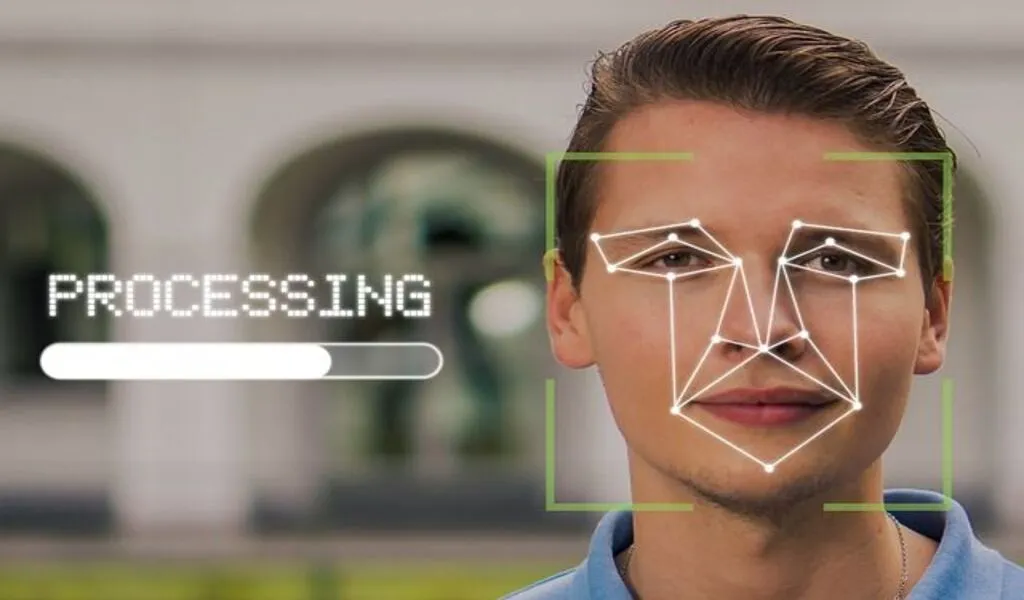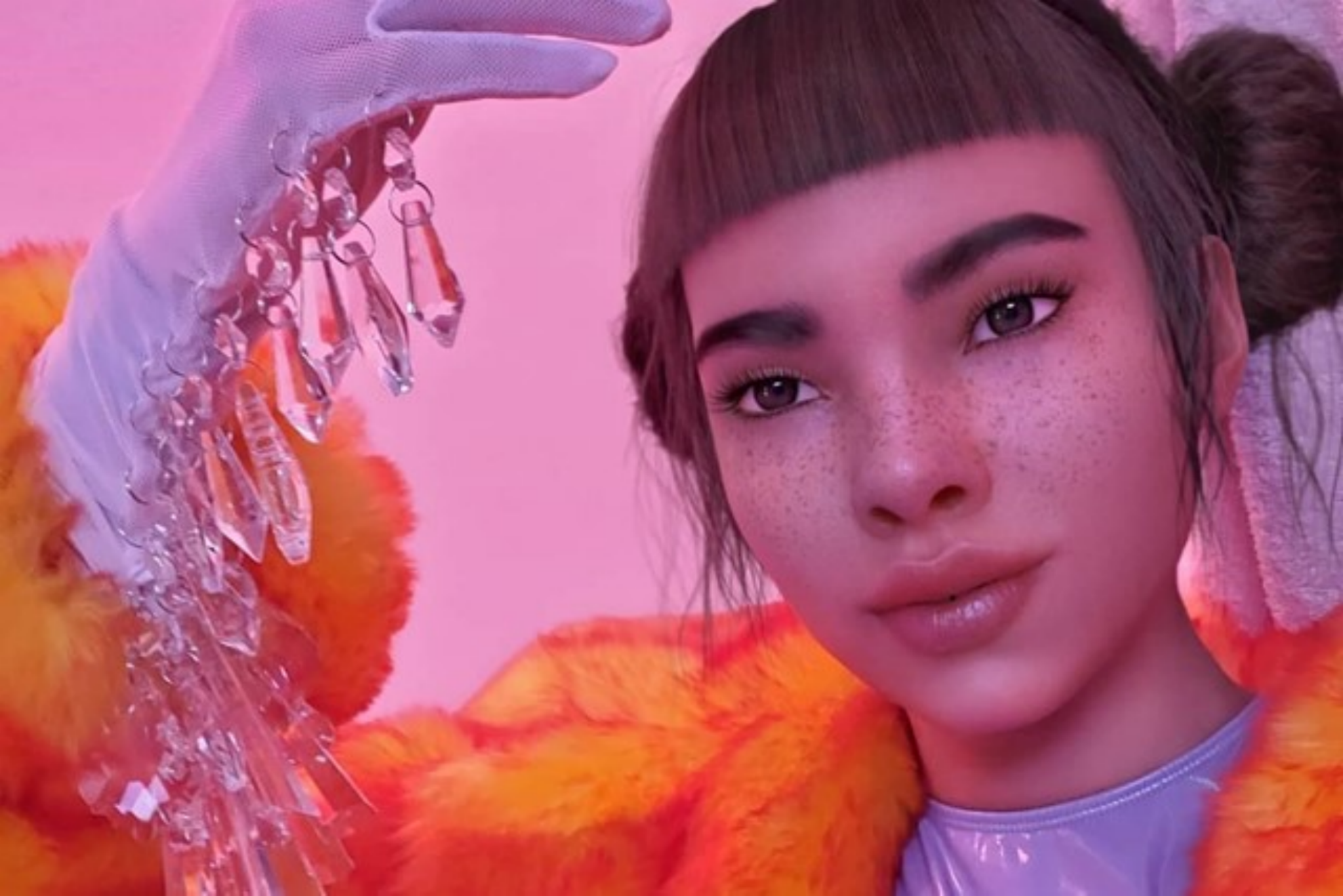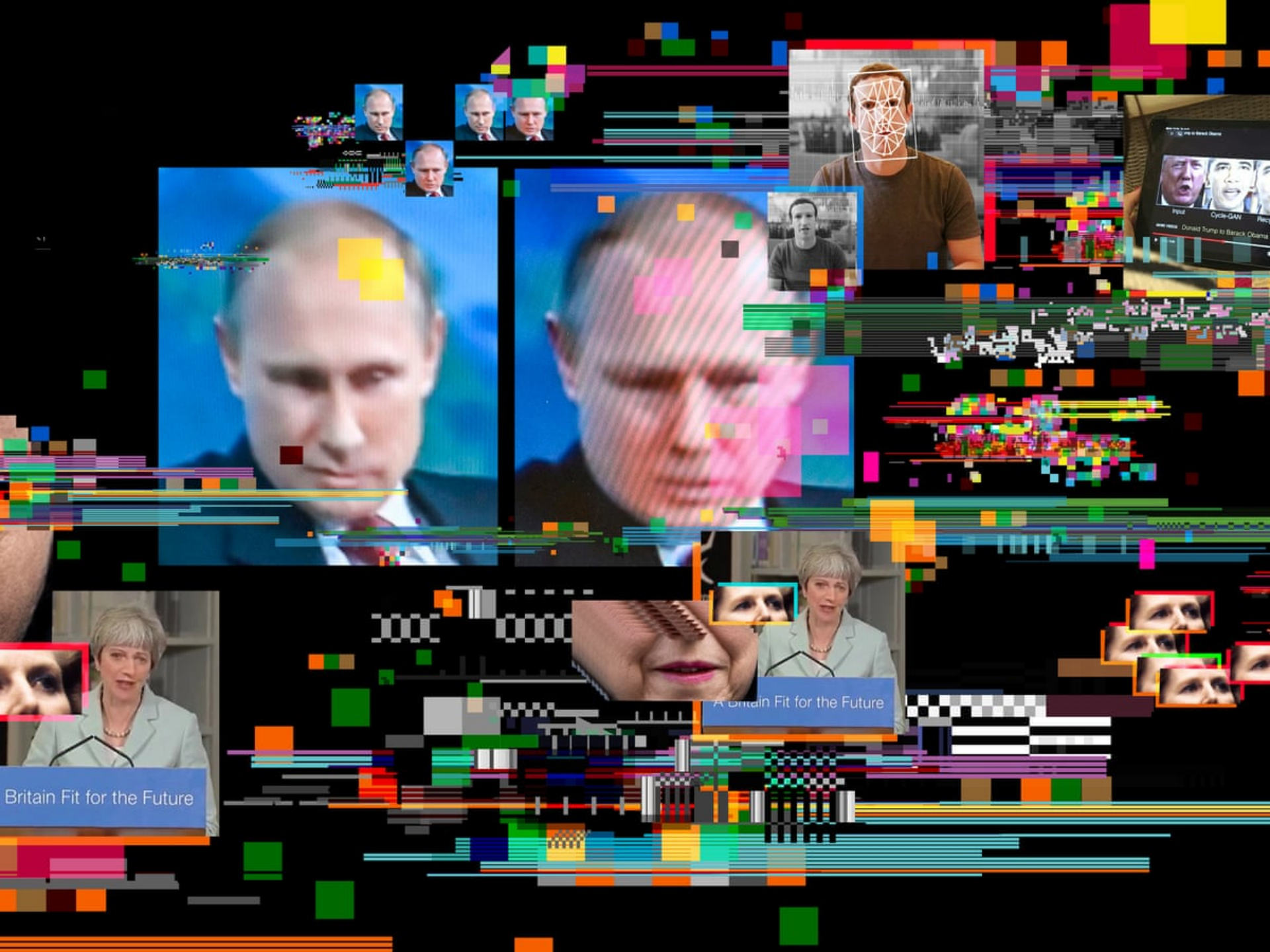In 2014, the Generative Adversarial Network (GAN) was invented, and the virtual Human world created by artificial intelligence appeared. Since then, Deep Synthesis has gradually become known to the public and has become part of the digital life experience of ordinary people. From face-swapping to virtual humans, how does Deepfake technology affect our world?
The Virtual Human became popular on the Internet, and the deep synthesis technology contributed. Reports showed that on social media, audio and video websites, and other platforms, the number of newly released deep synthetic videos in 2021 has increased by more than 10 times compared with 2017. Deep synthetic content has landed in many fields, ushering in explosive growth. But what is Deep Synthesis Technology? How does this technology affect our lives?
Highly realistic face synthesis is no longer a problem
Deep synthesis technology is, in fact, derived from image synthesis technology. Photoshop is a popular image compositing software. With the rapid development of artificial intelligence, artificial intelligence technology and image synthesis technology are gradually merging. Deep synthesis technology arose as a result of the continuous advancement of Generative Adversarial Network (GAN) in artificial intelligence systems, and it has grown to an incredible extent in a short period of time.

Typical deep synthesis cases include four forms: face replacement, face reproduction, face synthesis, and speech synthesis. Face swap technology is the first to be widely known to the public and has produced many face-changing videos for film and television dramas, as seen in the deepfake video made by Deepswap.ai, an online deepfake tool site.
It can be seen from the video that face synthesis can create completely new faces, and many of these randomly generated faces are really realistic. The application of deepfake on Deepswap demonstrates the enormous advancement in face-swapping technology in our society.
Virtual Human with a market value of 100 billion “invades”
Virtual human is created and used by computer methods such as computer graphics, graphics rendering, motion capture, deep learning, and speech synthesis, and has multiple appearance characteristics, human performance, and interaction capabilities. The comprehensive product of human characteristics and representative segmented applications includes virtual assistants, virtual customer service, virtual idols, virtual anchors, etc.
People are no longer unfamiliar with virtual humans, from foreign virtual internet celebrity Lil Miquela, virtual model Imma; to virtual singers such as Hatsune Miku and Luo Tianyi, to virtual idol groups such as A-SOUL and RICH BOOM. The avatars can interact with netizens on social platforms like real people, and can even “attend” offline events and endorse products… Virtual humans have experienced several technological innovations, and their forms have become more and more abundant.
In recent years, numerous virtual people have emerged and raised people’s awareness of virtual humans, such as virtual Internet celebrity Lil Miquela, virtual model Imma, virtual singers Hatsune Miku and Luo Tianyi, and virtual idol groups such as A-SOUL and RICH BOOM. These virtual humans can interact with netizens on social platforms like real people, and can even “participate” in offline activities and endorse products… Technologies to build a virtual human has undergone many innovations, and the forms of virtual humans have become more and more abundant.
There are two types of virtual humans: identity virtual humans and service virtual humans. The service-type virtual digital human, for example, is primarily used to generate broadcast and other content in place of real people and can engage in simple question-and-answer interactions. It is currently leading in the placement of virtual companion assistants and psychological consultants in medical and other scenarios. Other scenarios, such as virtual teachers, navigation tours, and exhibition presentations, have been planned in a number of projects. The virtual digital human can recognize users’ basic needs through behavioral and speech recognition and respond with fixed words.
Application scenarios of Deepfake are Becoming diverse and mature
Deep Synthesis has emerged as a critical technology for the Metaverse’s development. Various applications based on deep synthesis technology have become popular in social networks since 2018. This technology is now prevalent in many fields, including film and television production, advertising and marketing, and social entertainment.
Furthermore, an increasing number of enterprise organizations are starting to use deep synthesis technology to provide products and services in images, videos, audio, text, and other fields. Speech synthesis, for example, is a critical component of human-computer interaction and is widely used in scenarios such as intelligent customer service, voice navigation, audiobooks, and voice assistants.
The continuous development of deep synthesis technology, as well as the optimization of algorithms, will promote the use of deep learning technology in a wider range of fields.
Related CTN News:
7 Key Benefits of Angular and Use Cases
Few Tech Trends that Could Give Your Company an Edge in 2022
How to Get Backlinks Through High-Quality Guest Posts
⚠ Article Disclaimer
The above article is sponsored content any opinions expressed in this article are those of the author and not necessarily reflect the views of CTN News








